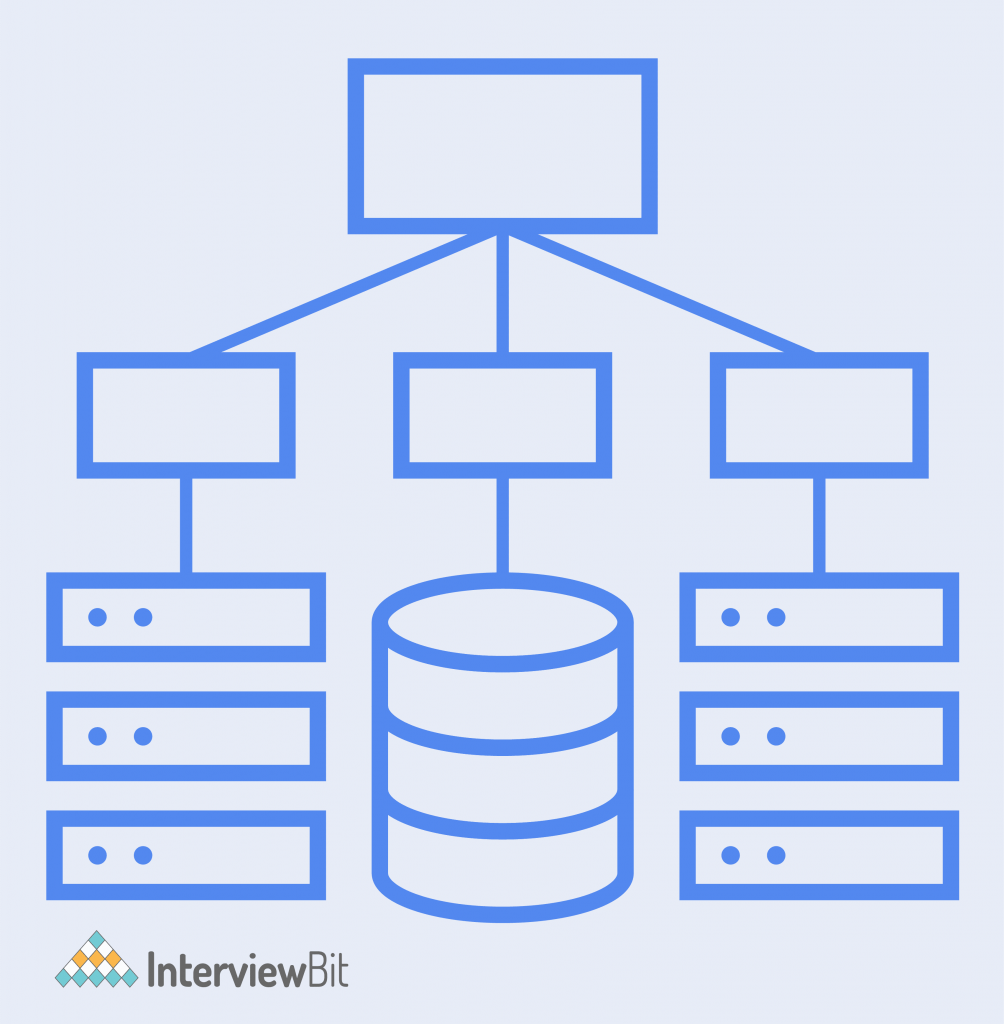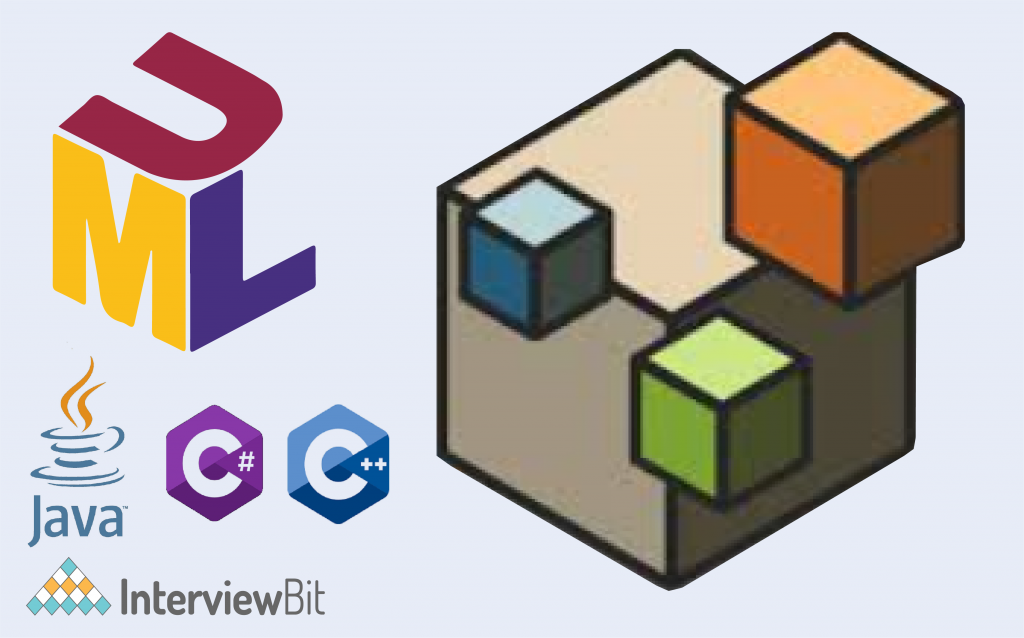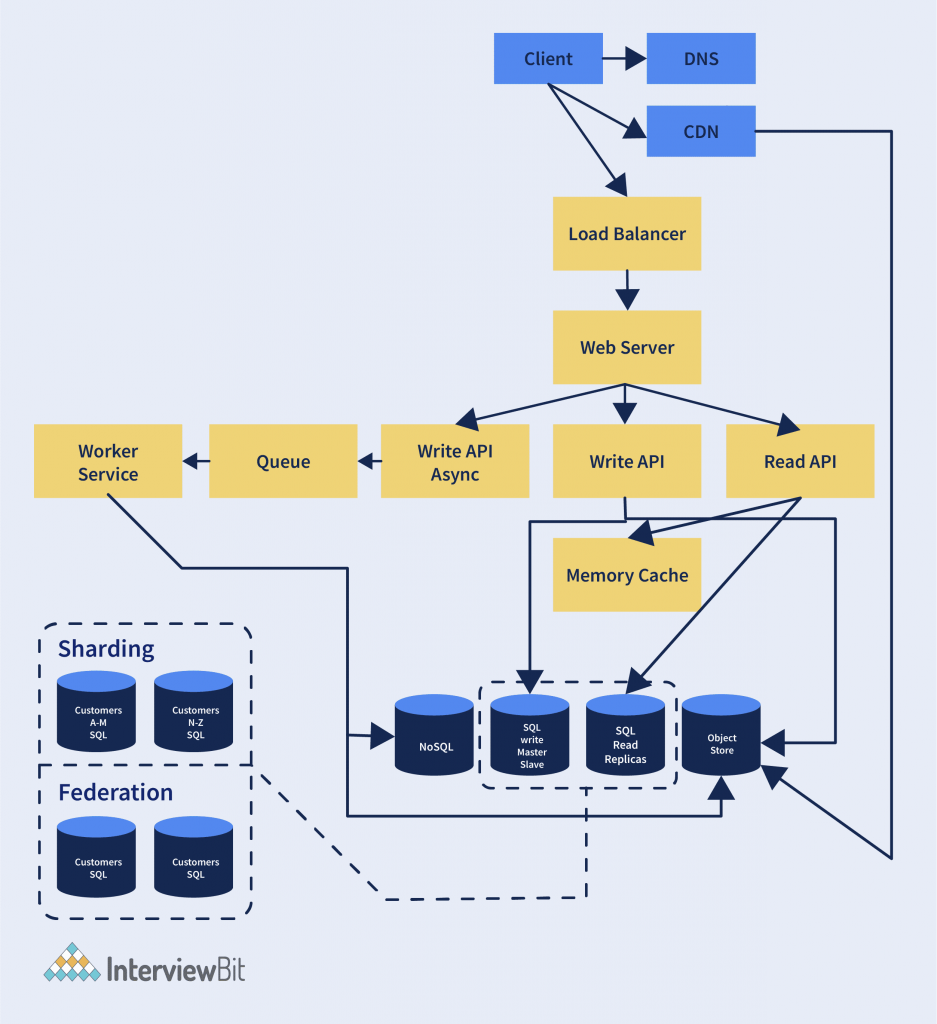What is System Design?
System design is the process of defining the architecture, components, modules, interfaces, and data for a system to satisfy specified requirements. It is an important aspect of software engineering that involves designing and developing scalable, efficient, and reliable software systems. The purpose of system design is to specify how the software system will meet the functional and non-functional requirements of the users, while also being maintainable, testable, and extensible.
The system design process involves several stages, including requirements analysis, architecture design, module design, interface design, data design, and algorithm design. Each stage involves defining the specifications and constraints of the system, and making design decisions that satisfy those requirements.
During the requirements analysis stage, the system design team works with stakeholders to understand the functional and non-functional requirements of the system. This includes understanding the user requirements, system constraints, and any other technical or business requirements that the system must satisfy.
In the architecture design stage, the system design team defines the overall structure of the system, including the major components and their interactions. This stage involves making high-level design decisions that will guide the implementation of the system.
In the module design stage, the system design team breaks down the system into smaller, more manageable modules, each with its own set of responsibilities. This stage involves making design decisions that determine the functionality and behavior of each module.
In the interface design stage, the system design team defines the interfaces between the various modules and components of the system. This stage involves specifying the protocols, data formats, and communication mechanisms that will be used to enable communication between the different parts of the system.
In the data design stage, the system design team defines the data structures and algorithms that will be used to store and manipulate data within the system. This stage involves designing efficient and scalable data structures that can handle the expected data volumes and query loads.
Best System Design Courses
Here is a list of the best online courses to learn system design and ace any coding interviews.
1.Software System Design Online Certification Program (Expertifie)

From air traffic control systems to network multimedia systems, real-time systems are everywhere. The correctness of the real-time system depends on the physical instant and the logical results of the computations. This online course provides an elaborate introduction to software engineering for real-time systems, including a range of activities and methods required to produce a great real-time system.
With mentorship and guidance from MAANG experts, gain a deeper understanding of how distributed systems work, as well as which applications and systems are used for specific business domains or industries. This course provides a set of solution architecture patterns that were developed based on the mentor’s experience building enterprise software systems for hundreds of different organizations across the globe. The architecture diagrams (patterns) and examples allow you to not only grasp the concepts, but to build working projects.
The course kicks off by describing real-time systems, their applications, and their impact on software design. You will learn the concepts of software and program design, as well as the different types of programming, software errors, and software life cycles, and how a multitasking structure benefits a system design.
Moving ahead, you will learn why diagrams and diagramming plays a critical role in the software development process. You will practice documenting code-related work using Unified Modeling Language (UML), and analyze and test source code in both host and target systems to understand why performance is a key design-driver in applications. This course will help enterprise software architects and engineers to design and implement real-world enterprise software systems using best practices and techniques adopted by organizations across the globe. It provides software architecture blueprints to build domain-specific enterprise software systems.
If you are interested in developing a real-time embedded system, this is the ideal course for you. With a basic understanding of programming, microprocessor systems, and elementary digital logic, you will achieve the maximum with this course.
Key Features:
1. Understand the key elements of enterprise software systems and how to design and implement them
2. Master different approaches to build real-world software applications
3. Build domain specific enterprise software systems
4. Use open-source tools to build enterprise software systems
5. Discover modern design methodologies for designing a real-time system
6. Use interrupts to implement concurrency in the system
7. Test, integrate, and debug the code
8. Demonstrate test issues for OOP constructs
9. Overcome software faults with hardware-based techniques
10. Learn how to overcome the real hurdles architects face and learn simple and practical techniques for identifying, and a structured approach for defining, the components of the architecture.Duration – 3 months
Rating – 4.9
2. Software Design and Architecture Specialization by University of Alberta
The Software Design and Architecture Specialization offered by the University of Alberta is a series of online courses that provide learners with a comprehensive understanding of software design and architecture principles, practices, and patterns. The specialization consists of five courses, which can be taken individually or as a series.
The first course, “Object-Oriented Design”, focuses on the fundamentals of object-oriented programming and design, including inheritance, polymorphism, and encapsulation. Learners will use the Java programming language and the Eclipse IDE to develop software solutions.
The second course, “Design Patterns”, covers the most commonly used design patterns in software development. These patterns include creational patterns, structural patterns, and behavioral patterns. Learners will apply these patterns to real-world software design problems.
The third course, “Software Architecture”, provides an overview of software architecture concepts and patterns. Learners will explore different architectural styles, such as client-server, layered, and microservices architectures. They will also learn how to design and evaluate software architectures.
The fourth course, “Service-Oriented Architecture”, covers the principles and practices of service-oriented architecture (SOA). Learners will explore the different components of a SOA, such as service interfaces, service providers, and service consumers. They will also learn how to design and implement a SOA using different technologies and standards.
The fifth and final course, “Advanced Software Design and Architecture”, focuses on advanced topics in software design and architecture. Learners will explore topics such as software quality attributes, software product lines, and domain-specific architectures. They will also learn how to apply software design principles and patterns to real-world software projects.
Throughout the specialization, learners will have the opportunity to apply their knowledge to practical software design and architecture problems through programming assignments, quizzes, and a final project. By the end of the specialization, learners will have a solid understanding of software design and architecture principles and practices, as well as hands-on experience designing and implementing software solutions.
3. Data Structures and Software Design by edX
“Data Structures and Software Design” is a course offered by edX that covers the fundamentals of data structures and software design principles. The course is designed for learners who have basic programming skills and want to develop their knowledge and skills in software design.
The course is divided into four parts. The first part covers the basics of data structures, including arrays, linked lists, stacks, and queues. Learners will also explore basic algorithms, such as searching and sorting, and learn how to analyze the performance of data structures and algorithms.
The second part of the course focuses on object-oriented design principles, such as encapsulation, inheritance, and polymorphism. Learners will apply these principles to design and implement software solutions using Java.
The third part of the course covers design patterns, which are reusable solutions to common software design problems. Learners will explore different design patterns, such as the Singleton pattern, the Factory pattern, and the Observer pattern.
The final part of the course focuses on software architecture and design. Learners will explore different architectural styles, such as client-server, peer-to-peer, and microservices architectures. They will also learn how to design and evaluate software architectures based on quality attributes such as maintainability, scalability, and reliability.
Throughout the course, learners will have the opportunity to apply their knowledge to practical programming assignments and quizzes. They will also work on a final project that involves designing and implementing a software solution that incorporates data structures, object-oriented design principles, design patterns, and software architecture principles.
4. Master Object-Oriented Design in Java – Homework + Solutions by Udemy
“Master Object-Oriented Design in Java – Homework + Solutions” is a course offered by Udemy that provides learners with a comprehensive understanding of object-oriented design principles and practices using Java. The course is designed for learners who have basic Java programming skills and want to develop their knowledge and skills in object-oriented design.
The course consists of several sections, each covering a different aspect of object-oriented design. Each section includes video lectures, homework assignments, and solutions to those assignments.
The first section of the course covers the basics of object-oriented programming in Java, including classes, objects, inheritance, and polymorphism. Learners will also explore basic Java concepts, such as control structures, arrays, and exception handling.
The second section of the course focuses on advanced Java concepts, such as interfaces, abstract classes, and inner classes. Learners will also explore the Java Collections Framework, which provides a set of classes and interfaces for working with collections of objects.
The third section of the course covers design patterns, which are reusable solutions to common software design problems. Learners will explore different design patterns, such as the Singleton pattern, the Factory pattern, and the Observer pattern.
The fourth section of the course focuses on software architecture and design. Learners will explore different architectural styles, such as client-server, peer-to-peer, and microservices architectures. They will also learn how to design and evaluate software architectures based on quality attributes such as maintainability, scalability, and reliability.
Throughout the course, learners will have the opportunity to apply their knowledge to practical programming assignments and quizzes. They will also have access to solutions for those assignments, which can help them to better understand the concepts covered in the course.
5. SystemsExpert by AlgoExpert.io
SystemsExpert by AlgoExpert.io is an online platform that provides learners with a comprehensive understanding of system design principles and practices. The platform offers a range of resources, including video tutorials, coding exercises, and system design interview questions.
The platform consists of several modules, each covering a different aspect of system design. These modules include:
- Basics of System Design: This module covers the fundamentals of system design, including scalability, availability, and reliability. Learners will also explore different system design patterns and techniques, such as caching, load balancing, and sharding.
- System Design for Web Applications: This module focuses on system design principles and practices for web applications. Learners will explore different architectural styles, such as client-server and microservices architectures, and learn how to design and evaluate web application architectures based on quality attributes such as scalability, availability, and security.
- System Design for Distributed Systems: This module covers system design principles and practices for distributed systems. Learners will explore different distributed system architectures, such as peer-to-peer and message queuing architectures, and learn how to design and evaluate distributed system architectures based on quality attributes such as scalability, availability, and fault tolerance.
- System Design for Data-Intensive Applications: This module focuses on system design principles and practices for data-intensive applications. Learners will explore different data storage technologies, such as relational databases and NoSQL databases, and learn how to design and evaluate data-intensive system architectures based on quality attributes such as scalability, availability, and data consistency.
Throughout the platform, learners will have access to coding exercises and system design interview questions that can help them to better understand the concepts covered in each module. They will also have the opportunity to work on real-world case studies and projects that involve designing and implementing system solutions.
6. Secure Software Design Specialization by the University of Colorado
The Secure Software Design Specialization by the University of Colorado is an online program that focuses on providing learners with a comprehensive understanding of secure software design principles and practices. The program is designed for learners who have a basic understanding of software development and want to develop their skills in secure software design.
The program consists of several courses, each covering a different aspect of secure software design. These courses include:
- Secure Software Design Fundamentals: This course covers the fundamentals of secure software design, including threat modeling, risk analysis, and secure coding practices. Learners will also explore different security standards and regulations, such as HIPAA and PCI DSS.
- Secure Software Design Patterns: This course focuses on secure software design patterns, which are reusable solutions to common software security problems. Learners will explore different design patterns, such as input validation, access control, and secure communication patterns.
- Secure Software Design Capstone: This course provides learners with an opportunity to apply their knowledge of secure software design principles and practices to a real-world software development project. Learners will work in teams to design and implement a secure software solution that meets specific security requirements.
Throughout the program, learners will have access to video lectures, hands-on exercises, and quizzes that can help them to better understand the concepts covered in each course. They will also have the opportunity to work on real-world case studies and projects that involve designing and implementing secure software solutions.
By the end of the program, learners will have a solid understanding of secure software design principles and practices, as well as hands-on experience designing and implementing secure software solutions. This can help them to prepare for software security roles and to develop their skills as secure software designers.
7. Java Programming: Principles of Software Design by Duke University
Java Programming: Principles of Software Design is an online course offered by Duke University that focuses on providing learners with a solid understanding of software design principles and practices using Java programming language. The course is designed for learners who have some programming experience and want to develop their skills in software design using Java.
The course covers a range of topics, including software design principles, object-oriented programming, design patterns, and code testing. Throughout the course, learners will have access to video lectures, coding exercises, and quizzes that can help them to better understand the concepts covered in each module.
The course is divided into several modules, each covering a different aspect of software design. These modules include:
- Introduction to Software Design: This module provides an overview of software design principles and practices, including modularity, abstraction, and separation of concerns.
- Object-Oriented Programming: This module focuses on object-oriented programming principles, such as encapsulation, inheritance, and polymorphism. Learners will explore how to design and implement Java classes that follow these principles.
- Design Patterns: This module covers design patterns, which are reusable solutions to common software design problems. Learners will explore different design patterns, such as singleton, observer, and factory patterns.
- Code Testing: This module focuses on code testing principles and practices, including unit testing and integration testing. Learners will explore how to write effective test cases using JUnit, a popular Java testing framework.
8. Grokking the System Design Interview by Educative

Grokking the System Design Interview by Educative is an online course that focuses on helping learners prepare for system design interviews. The course is designed for software engineers who want to improve their system design skills and prepare for interviews at top tech companies.
The course covers a range of topics, including scalability, availability, performance, and fault tolerance. It also includes a set of case studies and practical exercises that can help learners to apply the concepts covered in each module.
9. Object-Oriented Analysis, Design & Programming with UML by Udemy

Object-Oriented Analysis, Design & Programming with UML is an online course offered by Udemy that focuses on providing learners with a solid understanding of object-oriented programming (OOP) concepts and UML (Unified Modeling Language). The course is designed for learners who have some programming experience and want to develop their skills in OOP and UML.
The course covers a range of topics, including object-oriented analysis, design, and programming principles, UML diagrams, and software development life cycle. Throughout the course, learners will have access to video lectures, coding exercises, and quizzes that can help them to better understand the concepts covered in each module.
The course is divided into several modules, each covering a different aspect of OOP and UML. These modules include:
- Introduction to OOP and UML: This module provides an overview of OOP and UML principles and practices, including object-oriented analysis and design, and UML diagrams.
- Object-Oriented Programming with Java: This module focuses on object-oriented programming principles using Java programming language. Learners will explore how to design and implement Java classes that follow OOP principles.
- UML Diagrams: This module covers UML diagrams, including class diagrams, sequence diagrams, use case diagrams, and state machine diagrams. Learners will explore how to use UML diagrams to design and document software systems.
- Software Development Life Cycle: This module focuses on the software development life cycle, including requirements gathering, design, implementation, testing, and deployment. Learners will explore how to use OOP and UML to develop software systems that meet user requirements.
10. Software Architecture & Design by Georgia Tech

Software Architecture & Design is an online course offered by Georgia Tech that focuses on providing learners with a solid understanding of software architecture and design principles. The course is designed for learners who have some programming experience and want to develop their skills in software architecture and design.
The course covers a range of topics, including architectural styles and patterns, software design principles, and system design. Throughout the course, learners will have access to video lectures, coding exercises, and quizzes that can help them to better understand the concepts covered in each module.
The course is divided into several modules, each covering a different aspect of software architecture and design. These modules include:
- Introduction to Software Architecture: This module provides an overview of software architecture and design principles, including the difference between architecture and design, and the importance of software architecture.
- Architectural Styles and Patterns: This module covers architectural styles and patterns, including layered architecture, microservices, and client-server architecture. Learners will explore how to use these patterns to design software systems.
- Software Design Principles: This module focuses on software design principles, including SOLID principles, GRASP patterns, and the Model-View-Controller (MVC) pattern. Learners will explore how to use these principles to design software systems that are flexible, maintainable, and scalable.
- System Design: This module covers system design principles, including the software development life cycle, system decomposition, and system integration. Learners will explore how to use these principles to design and implement software systems that meet user requirements.
Why is System Design important?
System design is important because it helps to ensure that software systems are reliable, scalable, maintainable, and meet user requirements. A well-designed system can be easier to develop, test, and maintain, leading to reduced costs and increased efficiency. Here are some specific reasons why system design is important:
- Scalability: System design helps to ensure that software systems can handle increasing levels of traffic, data, and users. By designing systems that can scale horizontally or vertically, organizations can ensure that their systems remain responsive and performant as they grow.
- Reliability: System design helps to ensure that software systems are reliable and available. By designing systems that are fault-tolerant and can recover quickly from errors, organizations can ensure that their systems are available to users when they need them.
- Maintainability: System design helps to ensure that software systems are maintainable and easy to modify. By designing systems that follow established software design patterns and best practices, organizations can ensure that their systems are easier to understand, modify, and extend.
- Security: System design helps to ensure that software systems are secure and protected against cyber threats. By designing systems that follow established security principles and best practices, organizations can reduce the risk of data breaches, cyber attacks, and other security threats.
- User satisfaction: System design helps to ensure that software systems meet user requirements and provide a positive user experience. By designing systems that are intuitive, easy to use, and meet user needs, organizations can improve user satisfaction and increase adoption of their software systems.

In summary, system design is important because it helps to ensure that software systems are reliable, scalable, maintainable, secure, and meet user requirements. By following established software design principles and best practices, organizations can develop high-quality software systems that meet their business needs and provide value to their users.



